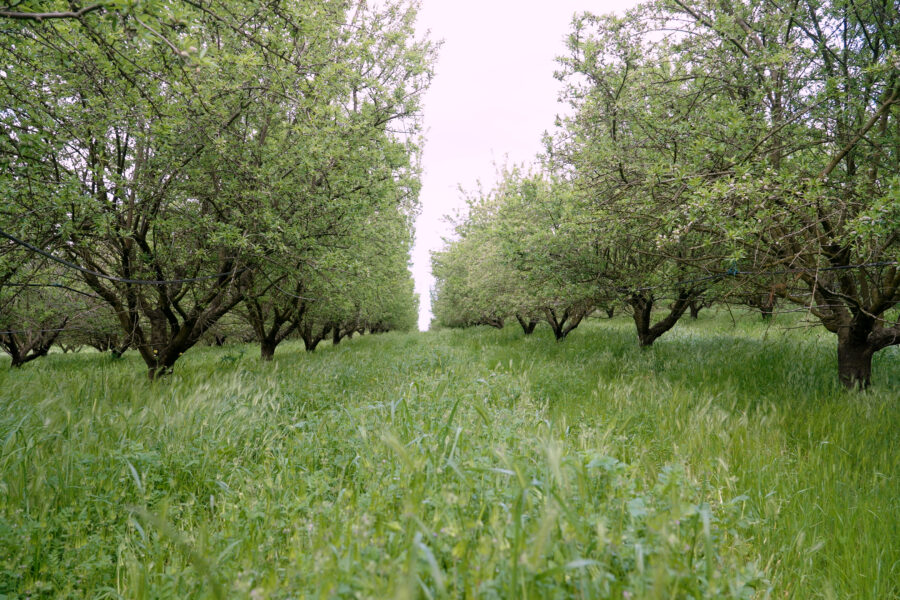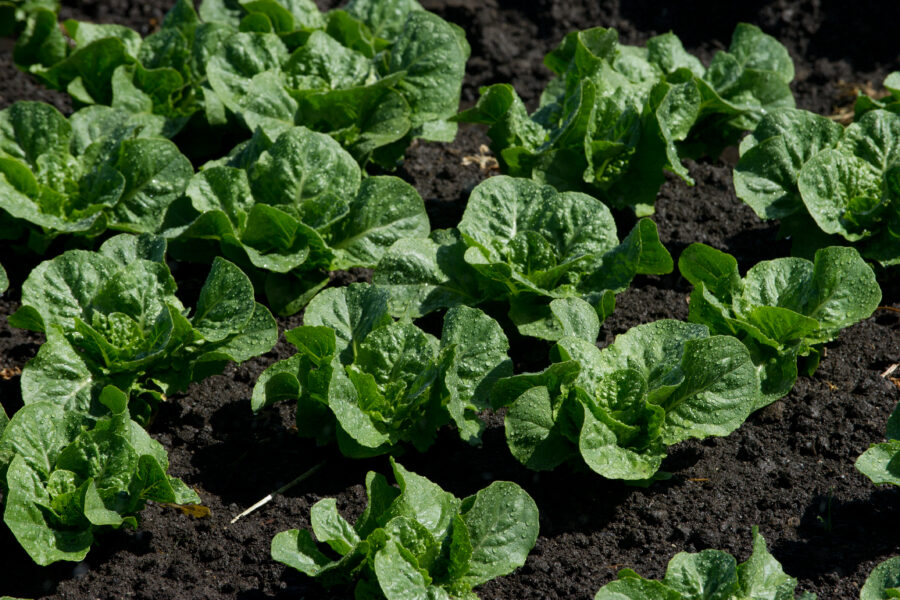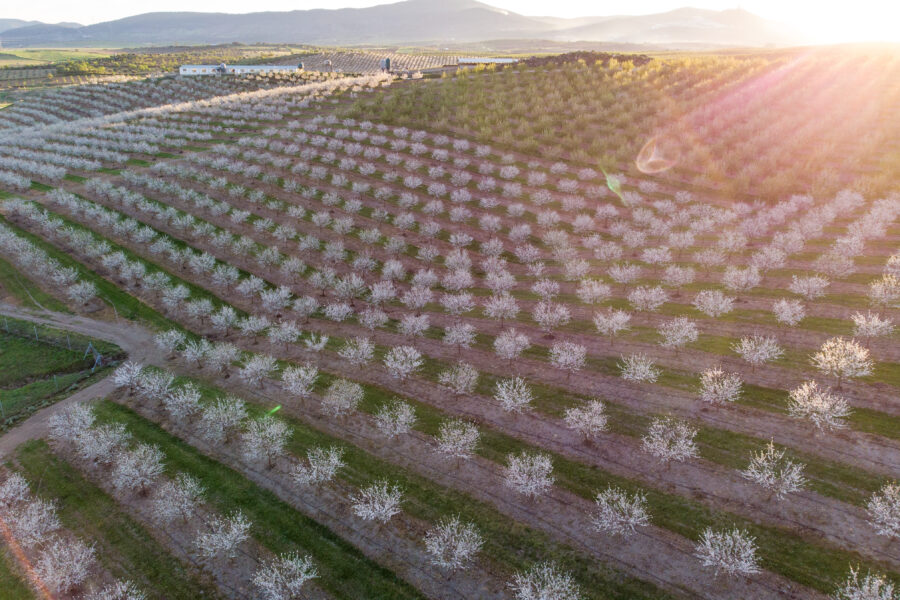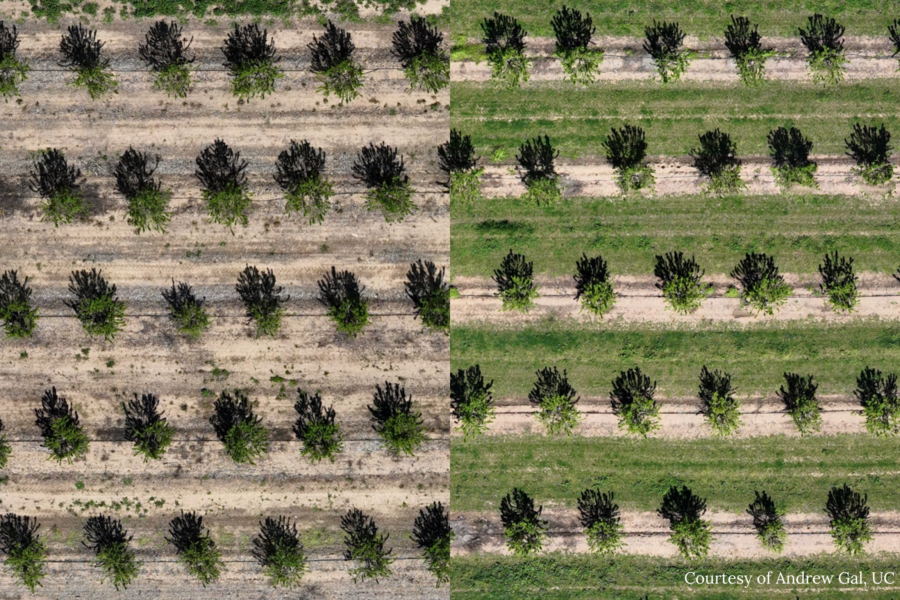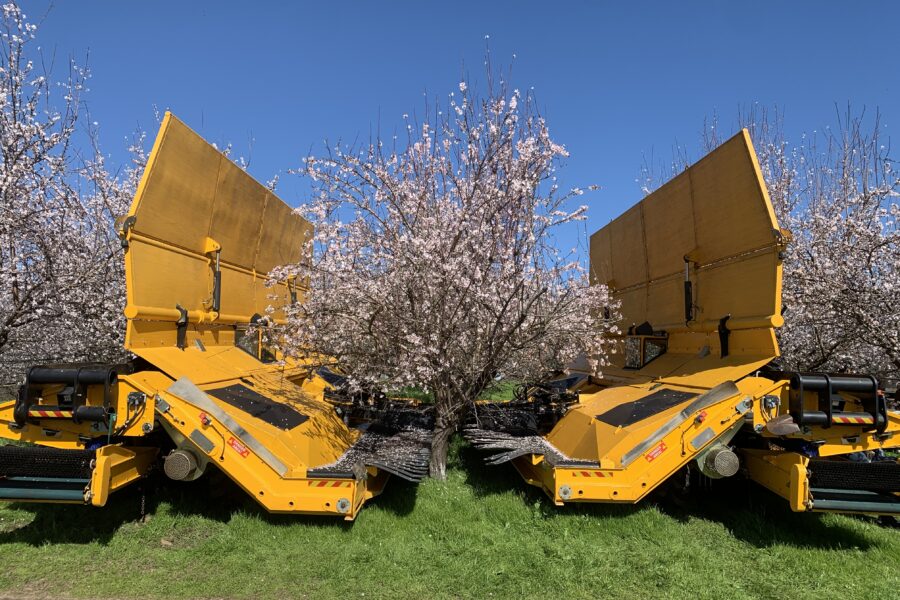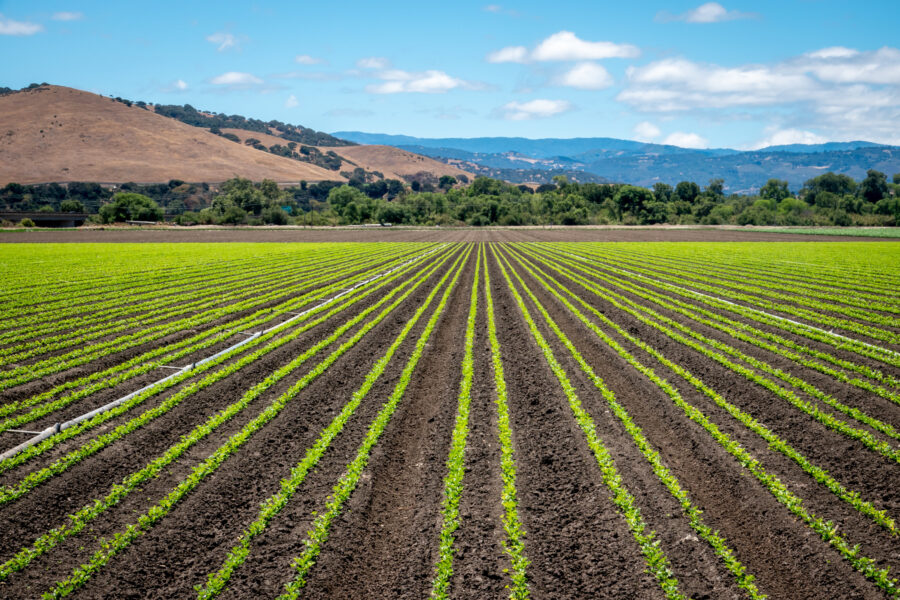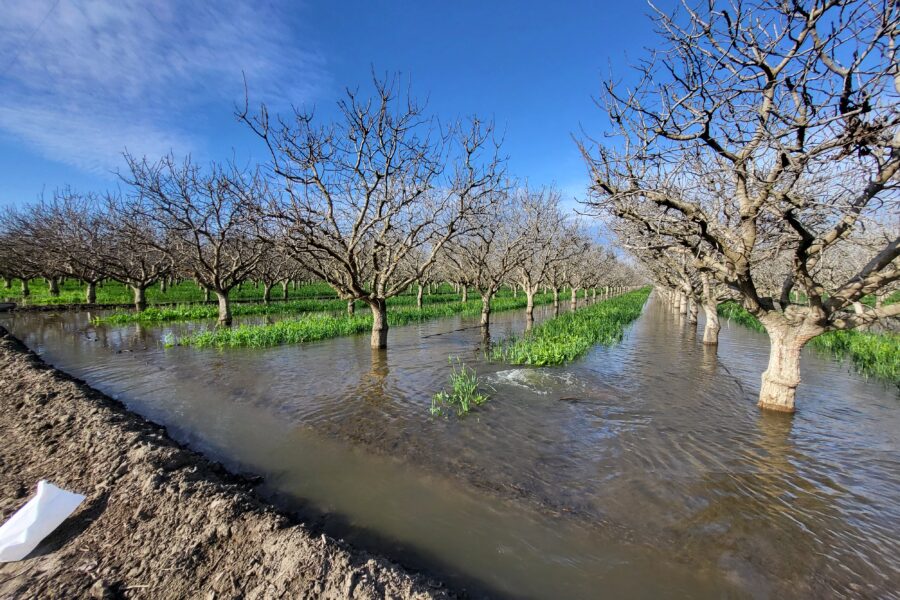
Improving Recharge Outcomes and Soil Health: Combining Cover Cropping and On-Farm Recharge in California Pistachio Orchards
What if we could make OFR even better? What if we could enhance water infiltration, reduce nutrient leaching, and improve soil health all at the same time? That’s exactly what we’re exploring through this Specialty Crop Block Grant Program project combining cover cropping with on-farm recharge in California pistachio orchards.



